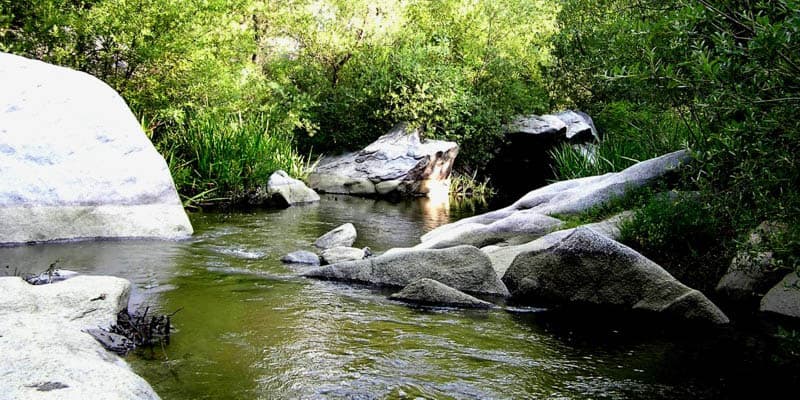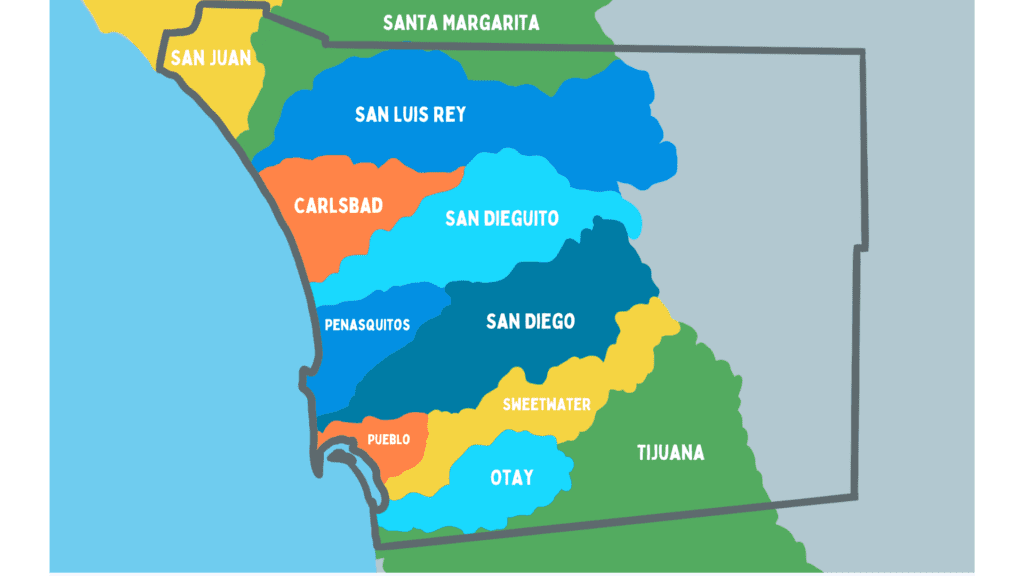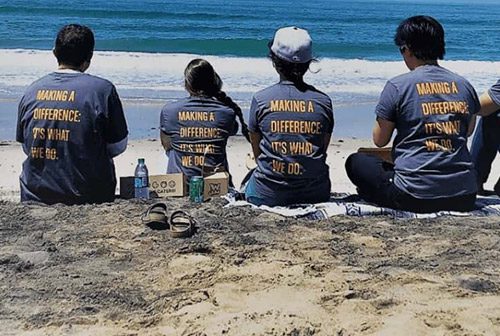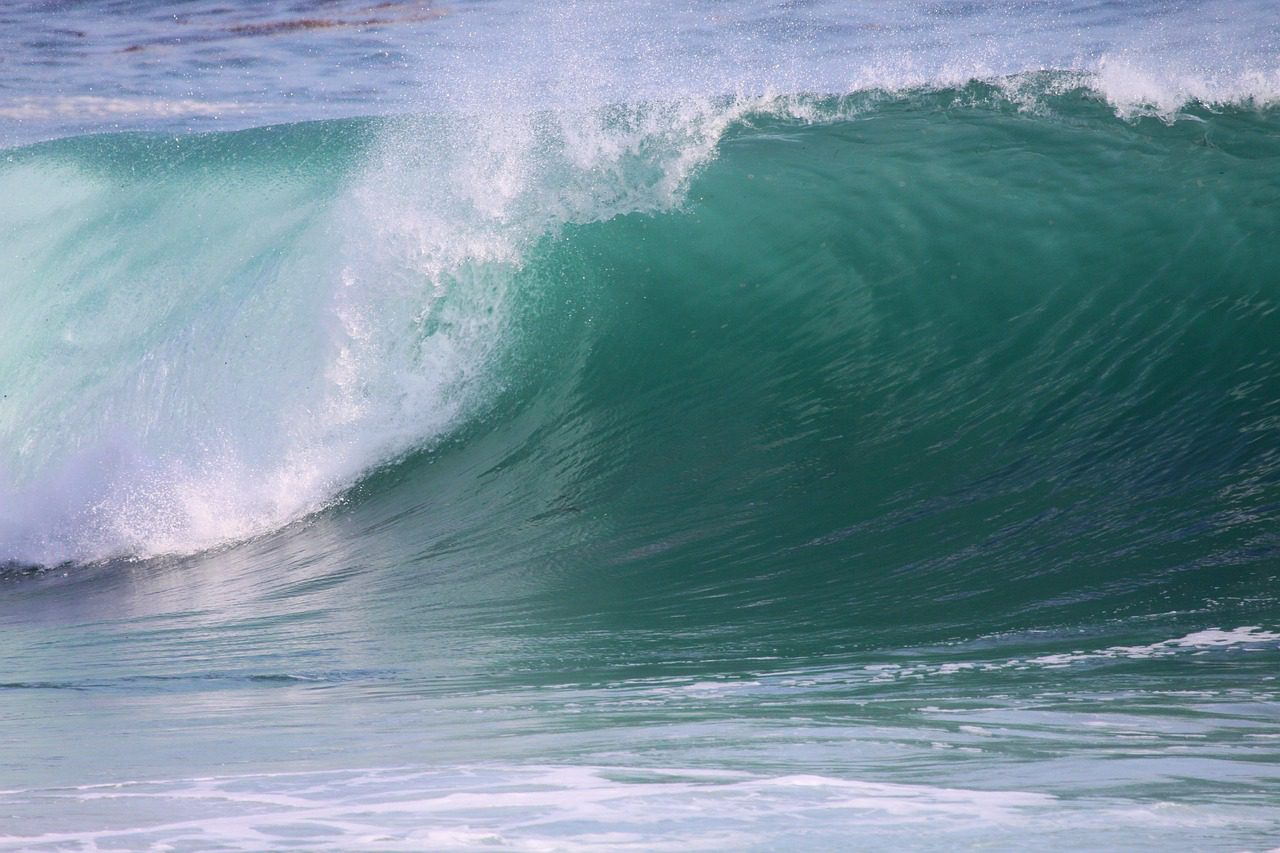Watersheds
What is a Watershed?
A watershed is an area of land that drains precipitation and other runoff to a common water body. In other words, all the water that falls within a watershed flows to the same body of water, whether it be a stream, lake, estuary, or bay. Watersheds are sometimes also called drainage basins or catchments. Understanding the concept of a watershed is fundamental to understanding how the health (or water quality) of a given water body is intimately tied to the land surrounding it. You may live in one watershed, and work or play in another. The human activities, development, and terrain conditions within any given watershed directly impact the water quality of the rivers, streams, lakes, and bays within – and at the end of – that watershed. As our ecological neighborhoods, watersheds are at the heart of all we do. After all, if you’re not in the water, you’re in a watershed.
The boundaries of a watershed are determined by its topography, and watersheds can be defined at different scales. For example, a small stream or tributary has its own (sub-)watershed, but it is also part of a larger river network’s watershed. Watersheds can be small or massive. San Diego County alone contains eleven individual coastal-draining watersheds, where the mighty Mississippi River watershed stretches across portions of 31 U.S. states and two Canadian provinces.
Explore Your Watershed
This map was made possible by support from Think Blue San Diego.
Watersheds and Water Quality


A watershed that is relatively undeveloped is likely to have high water quality. When water is allowed to fall on and flow over natural surfaces, it tends to move more slowly, cause less erosion, filter through vegetation and soils, and have a chance to soak into the ground and recharge groundwater. The water quality of watersheds containing development, however, is negatively impacted by pavement, storm drains, dams, and other types of artificial surfaces, all of which change how water moves across the landscape and what substances that water comes into contact with, quickly and profoundly affecting water quality. Water moving across hardscape or disturbed surfaces picks up accumulated pollutants, causes flooding and erosion, and carries pollution into receiving waters.
Watersheds in San Diego County


Here in San Diego County we have eleven coastal draining watersheds (though the exact number depends on how they have been delineated for management reasons). Watersheds do not notice or heed political boundaries, and many of ours cross county or state lines, or even the international border. They stretch from the mountains in the east to our bays, lagoons, and beaches in the west.
For ten years from 2008 to 2018, San Diego Coastkeeper ran the state’s largest volunteer-based freshwater monitoring program, which kept an eye on the health of our watersheds and the rivers and streams within them. You can read more about our science programs here.














